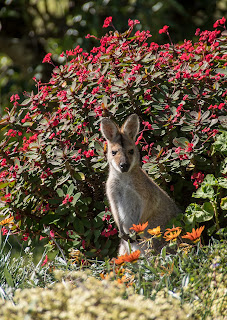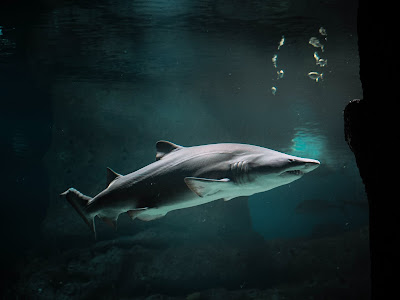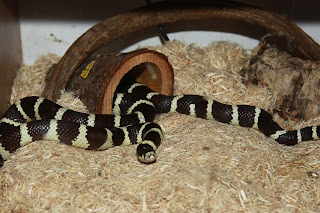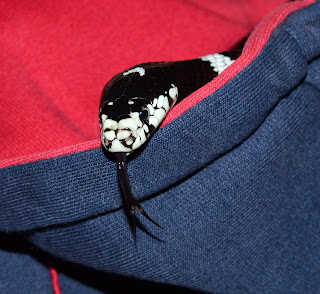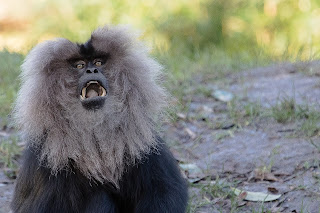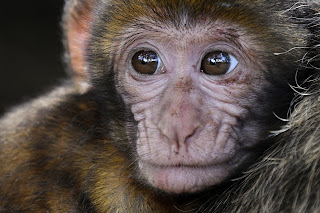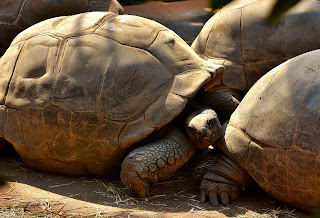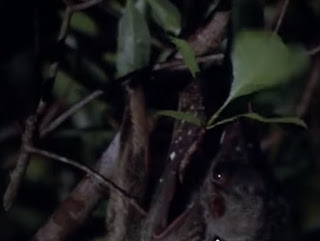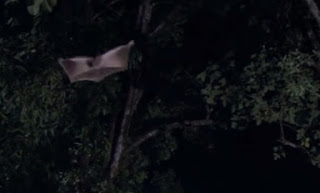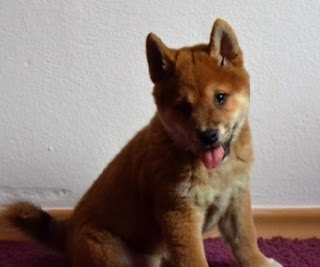boxer dog
 The boxer dog is one of the strong dog types and has been called by this name because of its tendency to play while standing on its hind legs and striking with its front legs. Between 25 and 32 kilograms and when the First World War arrived, they used it to keep and transport things and to attack and after the end of the war, the Boxer dog was taken by the soldiers and its fame began when people saw him on the streets, where the Boxer dog is a good guard and barks, which annoys people Sometimes he is also a smart dog, They understand the commands and this is what sets them apart from others groups of dogs because he is loyal to house owners, but sometimes he can be aggressive with other dogs or strange people.
The boxer dog is one of the strong dog types and has been called by this name because of its tendency to play while standing on its hind legs and striking with its front legs. Between 25 and 32 kilograms and when the First World War arrived, they used it to keep and transport things and to attack and after the end of the war, the Boxer dog was taken by the soldiers and its fame began when people saw him on the streets, where the Boxer dog is a good guard and barks, which annoys people Sometimes he is also a smart dog, They understand the commands and this is what sets them apart from others groups of dogs because he is loyal to house owners, but sometimes he can be aggressive with other dogs or strange people.
The boxer dog is one of the strong dog types and has been called by this name because of its tendency to play while standing on its hind legs and striking with its front legs. Between 25 and 32 kilograms and when the First World War arrived, they used it to keep and transport things and to attack and after the end of the war, the Boxer dog was taken by the soldiers and its fame began when people saw him on the streets, where the Boxer dog is a good guard and barks, which annoys people Sometimes he is also a smart dog,
They understand the commands and this is what sets them apart from others groups of dogs because he is loyal to house owners, but sometimes he can be aggressive with other dogs or strange people.
Among the advantages of a Boxer, it is characterized by its intelligence and its reactivity, during training the first thing that the trainer must work to attract the attention of the dog to obey orders, for example during training to sit, the dog must be in a specific position on the ground.
the kennel is not a place of punishment or confinement, but it is a place of rest and sleep like humans, because the door of the house must be open throughout the day, so that the dog does not does not feel imprisoned because it affects his psychic.
Boxer trainers can do things that improve their psyche, such as going out with the dog in different places or walking the dog on the street. All of these things help the dog improve his mood and focus, which leads to a quick response during exercise.
The Boxer dog crosses in Germany, where his body is characterized by being a bit short and huge, and colors have emerged after him, including fon, which is light brown or red, and the second color is white and prince, which is characterized by two colors, light brown and dark brown.
But there are some faults which concern the Boxer dog which wears a white color where it is easy to be subjected to sunstroke, and this can sometimes cause deafness or blindness and it is the creation of Almighty God , and the buyer must choose between these colors.

